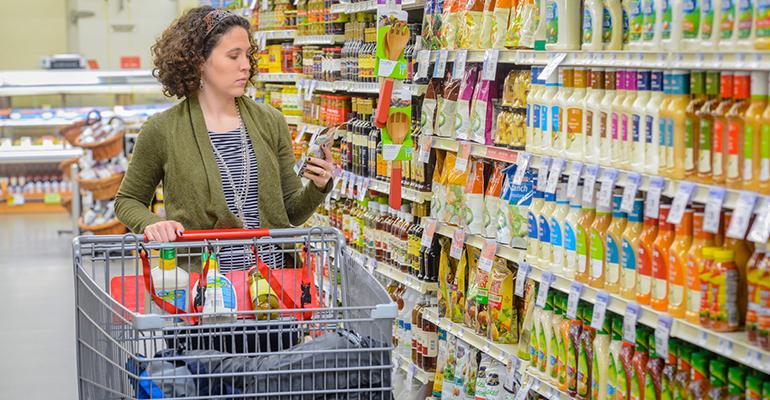Source: Supermarket News, January 2019
Food-at-home CPI growth still historically low, USDA says
Food prices are on their way up at the grocery store this year, according to projections by the U.S. Department of Agriculture.
The USDA Economic Research Service forecasts the food-at-home consumer price index (CPI) to rise 1% to 2% in 2019. Though that’s higher than the 0% to 1% uptick estimated for 2018, the increase expected for 2019 would mark the fourth straight year of deflating or lower-than-average inflating retail food prices, the agency noted in its Food Price Outlook 2018-19 report. The gain also would be less than the 20-year historical average of 2.1%.
Product categories likely to see price increases this year include dairy products (+3% to +4%), fresh vegetables (+2.5% to +3.5%), fresh fruit (+2% to +3%), cereals and bakery products (+2% to +3%), beef and veal (+1% to +2%), poultry (+1% to +2%), fish and seafood (+0.25% to +1.25%), and sugars and sweets (0% to +1%).
The expected rise in dairy prices for 2019 comes after a flat to 1% decrease estimated for 2018, according to the USDA.
“Milk production is expected to rise at a modest rate of 1.1% in 2018. Dairy exports have strengthened but are expected to be limited for the rest of the year due to recent tariffs imposed by Mexico and China,” the report said. “Domestic demand for most dairy products has been relatively weak in the first half of the year but is expected to recover in the second half of 2018.”
Egg prices — among the most volatile retail food prices due to changes in seasonal demand — are projected to inch up 1% or less in 2019 following an estimated 10% to 11% jump in 2018. The USDA said recent price hikes at the farm and wholesale levels indicate that retail egg prices could continue to rise over the next few months. That contrasts with 2017, when more egg-laying birds and a higher number of eggs per hen eased prices, the agency explained.
Food categories that may experience retail price decreases include fats and oils (-3% to -2%), pork (-0.75% to +0.25%), other meats (-0.25% to +0.75%), processed fruits and vegetables (-1% to 0%), and nonalcoholic beverages (-0.25% to +0.75%).
“In addition to commodity prices, prices for other factors of production may influence retail food prices in 2019,” the USDA said in the report. “Electricity and diesel costs, as well as many other costs associated with food production, transport, and retail sales, are expected to rise, placing upward pressure on prices.”
Meanwhile, the USDA expects food-away-from-home prices — food purchased at restaurants — to grow at a consistent rate this year, rising 2% to 3%, the same increase estimated for 2018.

